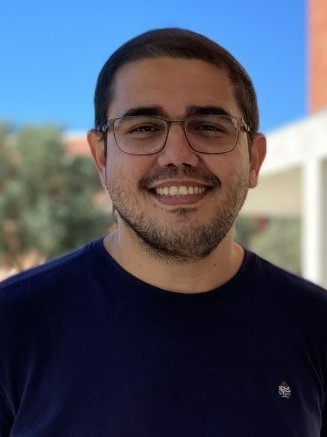abstract
Ultraviolet (UV) radiation is known to promote health concerns that can manifest over both short and long terms. Aging, sunburn, skin cancer, and other conditions are related to UV radiation. Medication can also be negatively affected by this radiation. Moreover, UV radiation modifies the taste, colour, and texture of food, and may compromise its suitability for human consumption. Therefore, the development of UV-shielding materials at-tracts considerable research interest for numerous applications, such as UV-light resistant packaging, sunscreens, contact lenses, coatings, and even clothes. UV-shielding materials arise from the dispersion of a UV-absorber of inorganic (such as ZnO, TiO2, CeO2) or organic (such as lignin, nanocellulose) nature into a matrix of high transparency (usually polymer or glass based). The most common types of UV-absorbers are semiconductor particles, quantum dots, or a hybrid approach combining both.However, inhomogeneous dispersion and large size distributions of the absorbing agent(s) usually compromise the transparency of the UV-shielding material. The goal of the current study is to present the newest and most innovative approaches regarding the development of nanostructured transparent solutions for UV-shielding.
keywords
ULTRAVIOLET-RADIATION; SOL-GEL; TITANIUM-DIOXIDE; BAND-GAP; PHOTOCATALYTIC ACTIVITY; SURFACE MODIFICATION; NANOCOMPOSITE FILMS; OXIDE NANOPARTICLES; OXIDATIVE STRESS; PARTICLE-SIZE
subject category
Materials Science; Physics
authors
Silva, MRF; Alves, MFRP; Cunha, JPGQ; Costa, JL; Silva, CA; Fernandes, MHV; Vilarinho, PM; Ferreira, P
our authors
Groups
G2 - Photonic, Electronic and Magnetic Materials
G5 - Biomimetic, Biological and Living Materials
Projects
CICECO - Aveiro Institute of Materials (UIDB/50011/2020)
CICECO - Aveiro Institute of Materials (UIDP/50011/2020)
Associated Laboratory CICECO-Aveiro Institute of Materials (LA/P/0006/2020)
acknowledgements
This research was funded by CLEVER project NO. POCI 01-0247- FEDER-039699 co-financed by FEDER. The authors also thank the support of CICECO-Aveiro Institute of Materials, UIDB/50011/2020, UIDP/50011/2020 & amp; LA/P/0006/2020, financed by national funds through the FCT/MEC (PIDDAC) . MRFS and MFRPA are thankful to FCT for the PhD-grant SFRH/BD/145661/2019 and PhD-grant (2021.06615. BD) , respectively.






